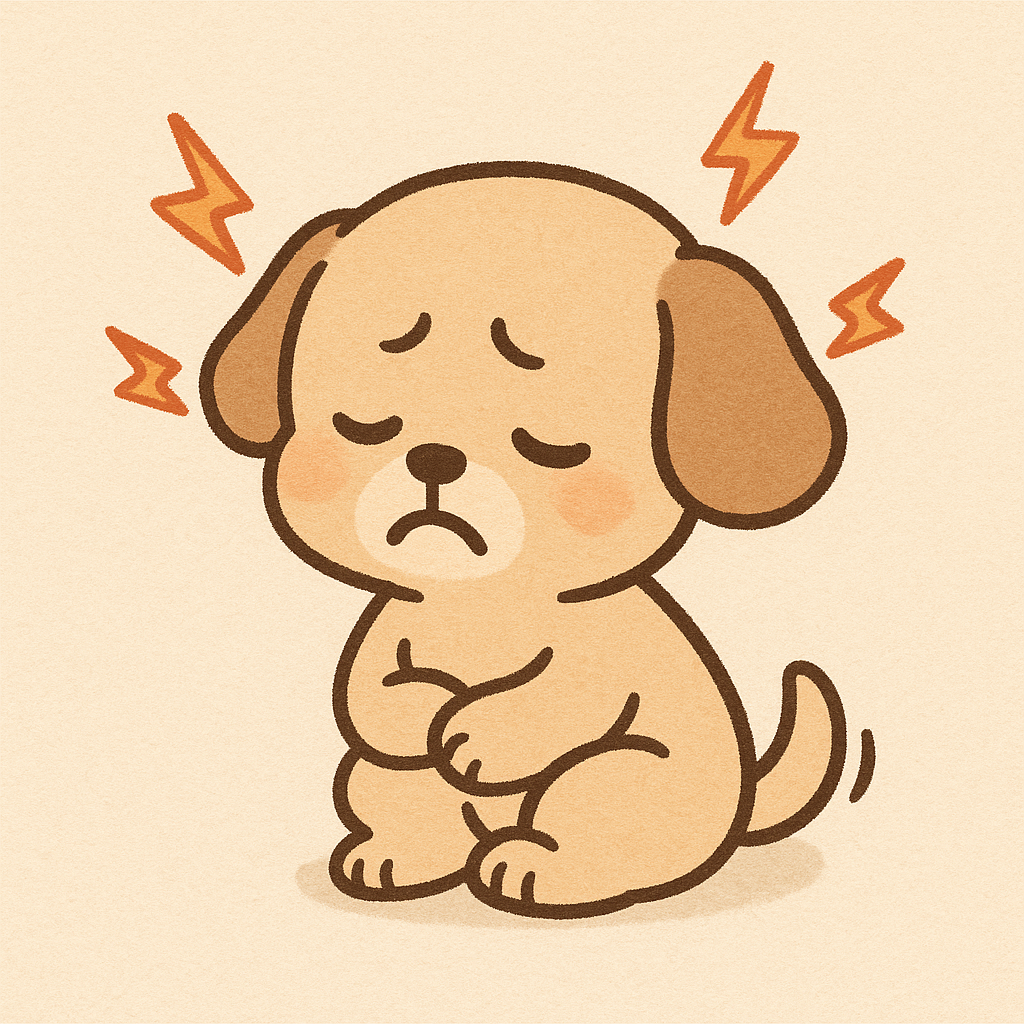Signs Your Dog Might Be in Pain (And What to Do)
Dogs can’t tell us with words when they’re hurting, but they often show it in subtle ways. Small dogs in particular may try to hide pain, making it hard for pet parents to know when something’s wrong. In this post, we’ll cover common signs your dog might be in pain and what steps you can take to comfort and care for them.

1. Changes in Behavior or Mood
Is your normally affectionate pup acting withdrawn, irritable, or overly clingy? Sudden changes in temperament can be a red flag that your dog is uncomfortable.
2. Reluctance to Move or Play
If your dog hesitates to jump, climb stairs, or play as usual, it could be due to joint or muscle pain. Limping or stiffness—especially after rest—are signs to watch for.
3. Excessive Grooming or Licking
Dogs will often lick, chew, or bite a painful area in an effort to soothe it. Pay attention to repetitive licking on paws, joints, or specific body parts.

4. Changes in Eating or Sleeping Habits
Loss of appetite, sleeping more than usual, or restlessness at night may be connected to pain or discomfort. Some dogs may also avoid their usual sleeping spots.
5. Vocalizations or Unusual Sounds
Whining, yelping, or growling when touched or moved can indicate acute or chronic pain. Even quiet dogs may vocalize if something hurts.
6. Tense Posture or Body Language
Look for hunched backs, tucked tails, or trembling. These signs suggest your dog is trying to protect a sore area or deal with internal discomfort.
7. Avoiding Being Picked Up or Touched
If your small dog suddenly avoids being held or reacts when touched in specific spots, it’s time to investigate further.
What to Do If You Suspect Pain
First, contact your vet for a proper diagnosis. Avoid giving human pain meds—they can be toxic to dogs. While you wait for your appointment, keep your dog calm, warm, and gently confined.

Understanding your dog’s body language is essential to their health. When you recognize the signs of pain early, you can get the help they need quickly—and prevent the issue from worsening.
Support your dog’s comfort and mobility with gear designed for gentle handling—like padded strollers and orthopedic bedding!
